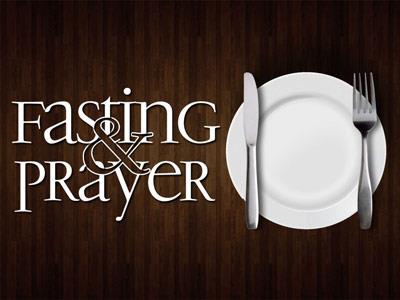-
Journeying With Jesus Through Lent #6 ‘along The Road Of Joy To Rejection Series
Contributed by Michael B. Perrott on Nov 28, 2017 (message contributor)
Summary: We reflect upon Jesus’ Triumphal Entry and our hopes in and expectations of Jesus, our Messiah, as he travels from Celebration and welcome, to rejection.
Mark 11:1-11
Sermon Series: Lent 2009
We reflect upon Jesus’ Triumphal Entry and our hopes and expectations in Jesus, our Messiah, as he travels from Celebration and welcome, to rejection.
A SERMON FOR THE SIXTH SUNDAY OF LENT 2009 (Palm Sunday).
Journeying with Jesus through Lent #6 ‘Along the road of Celebration – to Rejection’
------------------------------------------
We began our service today with a hymn (‘Ride on, Ride on, in Majesty’), and we have just heard the verses from Mark’s Gospel, both of which tell us of Jesus’ triumphal entry into Jerusalem which we celebrate this, and every, Palm Sunday.
I guess that the story of Jesus’ triumphal entry into Jerusalem is a familiar one to most of us. In a very real way, you know, it leads us in OUR travelling with Jesus and his companions through this Holy Week – towards the departure of Maundy Thursday, the bitter grief of Good Friday, and the celebration of New Life at Easter. Palm Sunday, then, marks the starting-point of the Passion Story as a whole.
Yes, today marks the festivity and rejoicing associated with Jesus’ arrival in Jerusalem. Maundy Thursday marks the pain of departure as Jesus shares a last meal with his closest friends, and as he performs a humble act of service to them as he washes their feet. Good Friday marks the desperate act of betrayal and subsequent arrest of Jesus; then his crucifixion and death.
Today, though, let us try to re-live the events that we remember this Palm Sunday, to share in the joy and celebration of a people who see the realisation of their hopes and expectations in the arrival of Jesus that day, long ago.
But, to begin with, we need to be aware that the people who gathered there that morning, lining the road, had different hopes in and expectations of in Jesus as he arrived, and who they prepared to greet as Messiah.
Some expected and hoped for a LIBERATOR – one who would lead a political revolt to overthrow the oppressive Roman occupation which the people suffered under. They anticipated a radical social-political activist who would free the Jewish people and restore their nation to its former glory.
Others expected and hoped for a great TEACHER – one who had been blessed with great wisdom (as known through the Prophets of the Holy Scriptures) and who would free their minds of the constraints of Jewish Law and Greek philosophy. For them, the Messiah was the bringer of great and eternal truths.
Yet others expected and hoped for the healing powers of a great HOLY MAN. At a time when disease claimed the lives of so many, so prematurely; at a time when diseases of the mind and body so often meant that the sufferer was branded ‘unclean’ and excluded from the community of faith and family, so the Messiah was the One who would restore both individual people and society to health and wholeness.
These were the ones that welcomed the arrival of Jesus that day. But there were others in the crowds that day, who witnessed Jesus’ arrival with suspicion, seeing him as a threat. Both Roman officials and Jewish leaders considered Jesus to be a dangerous radical who would stir the people up into revolution against the state and ‘true’ religion. For them, Jesus’ arrival did not stir them to joy or celebration, but only fear and anger.
So, in the story of Jesus’ triumphal entry into Jerusalem, there were a mixture of emotions and responses, and contrasting expectations and hopes: joy, fear and anger; excitement and even hatred. There were those that anticipated renewed community in a positive sense, and those who feared the overthrow of accepted social order and religious practice. These are important elements of the story that Mark would have expected those who first read or heard his Gospel to be aware of.
Also important is the imagery that Mark uses to describe the manner of Jesus’ entering the City of Jerusalem. For he purposely evokes the imagery of the ‘triumphal entry’ as a Roman state occasion, which was familiar to anyone living in a big Roman city at the time.
The Roman ‘triumph’ had become a tribute to an all-powerful individual, a display of imperial power. One of the high points of the triumph was the Emperor’s victorious entry into Rome. Wearing the regalia of the god Jupiter – a purple robe, a Laurel wreath on his head, and holding an Olive branch and a sceptre – the people would flock to meet him and present him with wreaths, hailing him as saviour and king. His triumphal entry symbolised good fortune and prosperity for the City. This procession would move through the City of Rome until they reached Capitoline Hill where the Emperor – dressed as the supreme god and riding upon a donkey – would display his assumed ‘divinity’ as he sacrificed an ox. This was seen as a sign of blessing and salvation to the people.

 Sermon Central
Sermon Central



